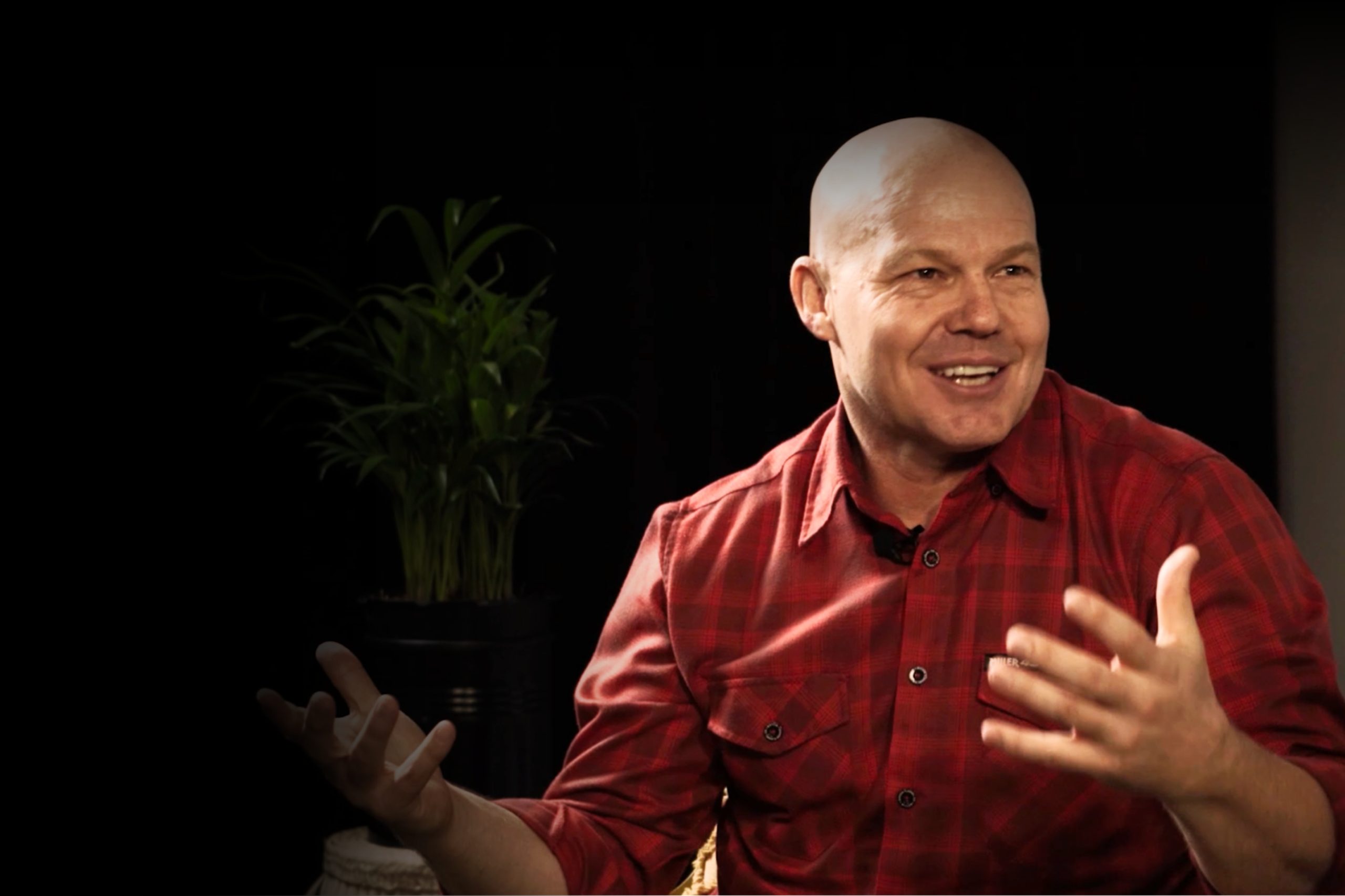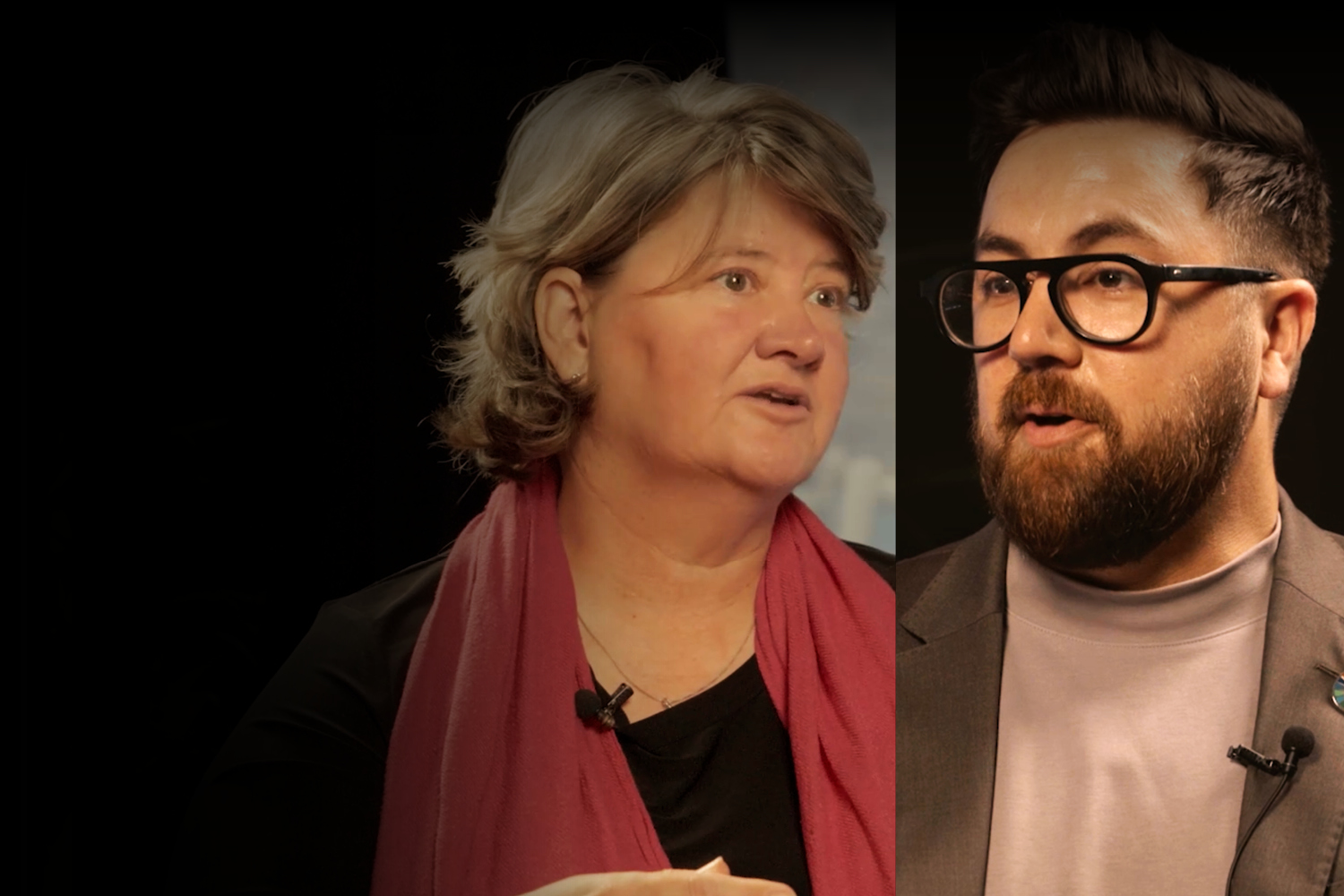Top investment managers provide insight into the tricky investment environment
The economic consequences of Russia’s ongoing invasion of Ukraine have highlighted complexities in the investment outlook as inflation pressure continues to loom large on economies worldwide.
The economic and trade repercussions of geopolitical instability, highlighted in the oil price breaching $120 per barrel, on top of the continued effects of Covid-19 lockdowns and supply chain issues, continue to cloud the investment outlook, says Richard Bray, head of strategy at Amplify Investment Partners.
The ability to navigate macro forces such as these and incorporate them into tactical investment strategies is at the core of finding investment opportunities, he says, adding that the inflation and interest rate outlook is currently top of mind for managers of Amplify’s funds.
Carmen Nel economist and macro strategist at Matrix Fund Managers, which manages the Amplify SCI* Defensive Balanced Fund and Amplify SCI* Absolute Fund, said inflation is still expected to moderate this year, in the US and SA, but the question is how quickly. For South Africa, the oil price is the wild card as there is not a lot of pricing power in the economy. “It is really exogenous inflation, so if the oil price doesn’t unwind or increases, we could have quite a sticky inflation profile.”
In the US, there is a risk of strong cyclical inflation coming through, which would require a more aggressive policy response. US interest rates could get to 1.5%, requiring four to five hikes, followed, probably, by a pause to see how things unfold and then possibly a resumption of hikes in 2023.
In theory, increasing interest rates accompany economic growth, confidence and low volatility, but those factors are not evident now, Bray says.
This is what makes the outlook for the remainder 2022 especially tricky says Erik Nel, chief investment officer at Terebinth Capital, which manages the Amplify SCI* Strategic Income Fund. “If we consider the actions in early 2020 on the fiscal and monetary side, it was very aggressive and, in some instances, not really necessary given that it was a health crisis.” But this year is more about coordinated policy exit rather than just focusing on monetary policy,
Melanie Stockigt portfolio manager at Laurium Capital, which manages the Amplify SCI* Balanced Fund, agrees, saying that in 2020, policymakers everywhere, whether monetary or fiscal, were saying they would rather be doing too much than too little to prevent permanent scarring and economies not being able to recover to full strength. “We are starting to see the price that was paid right now, and if you see US inflation at 7.5% with interest rates at emergency levels, we have never seen inflation so high at the beginning of a tightening cycle – and with interest rates at these levels, some time after Covid.”
Erik Nel, who describes the current investment environment as tricky and tactical, said geopolitics makes the inflation outlook complex. Inflation is sticky and as SA is a small open economy and a price-taker on the global stage, oil prices are very important. If the rand weakens, SA has challenges “because on the administered side of things, we are not moving in the right direction”, he says, although it is within our own grasp to fix some of these.
What this means for the South African yield curve, which may seem optically steep, is how much of that steepness is a function of our creditworthiness, so it has come back a lot, to the extent where much of the good news of tax windfalls, a better deficit, and maybe slightly lower debt levels, are probably pretty much in the price, and the easy part of that flattening is probably out the way,” Nel says. “Now we have got to start doing the right things for further flattening to take place.”
The effect on global and local credit markets is somewhat different, says Stockigt. Globally, post the global financial crisis in 2008 and 2009, and then accelerated in 2020 during Covid, “we saw central bankers widen their tool boxes in terms of asset purchases and stimulus of liquidity within markets, and that really directly benefitted much of the credit and corporate bond asset class globally, where we saw a search for yield and saw extraordinary liquidity conditions which really pushed investors down the credit curve, taking more risk perhaps than they usually would. Now we are faced with a turning point in that cycle where we are seeing quantitative easing becoming quantitative tightening, as well as interest rates rising.
“So, we are faced with a situation now where interest rates are rising, developed markets are behind the curve, and the European Central Bank will probably lift interest rates towards the end of this year – at some stage to positive territory – so cash as an investible asset class is actually returning, and that hasn’t been the case for a long time in European markets.” This will negatively impact credit in terms of spreads and liquidity.
“Globally, the credit market is an investible asset class, where one can invest and disinvest with abundant liquidity and actually express a view,” Stockigt says. “Domestically, we don’t have a lot of issuances into the space and we also don’t have the ability for diversification. There is no strong credit extension, so corporates aren’t necessarily using the corporate debt market. The market is relatively inefficient and there are credit spreads that move, but more a result of supply and demand of flows into funds as opposed to responding to the economic cycle.”
Carmen Nel agrees, saying the fact that it is a buy and hold market reinforces the inefficiency, so there is no true price discovery.
She says that to realise investment opportunity, you have to be able to see the bigger forces at play in the bigger picture, especially when the world faces greater uncertainty and increased geopolitical instability. But by remaining calm in the storm and having focus, is it possible to continue to generate investment with intelligent impact.
*Sanlam Collective Investments











